Welcome to the enigmatic world heritage sites in Assam, where history whispers through the ruins and nature sings in vibrant hues.
Amidst its verdant landscapes lie treasures recognized by UNESCO World Heritage Sites in Assam. These sites, dating back centuries, weave a tapestry of tales encompassing conquests, spirituality, and natural splendor.
From the majestic ruins of the Ahom Kingdom to the serene beauty of Kaziranga National Park, each site tells a unique story of Assam’s rich heritage.
Moreover, these sites aren’t mere relics of the past; they are living testaments to the enduring legacy of this captivating land.
Rock Cut Caves, Bongaigaon
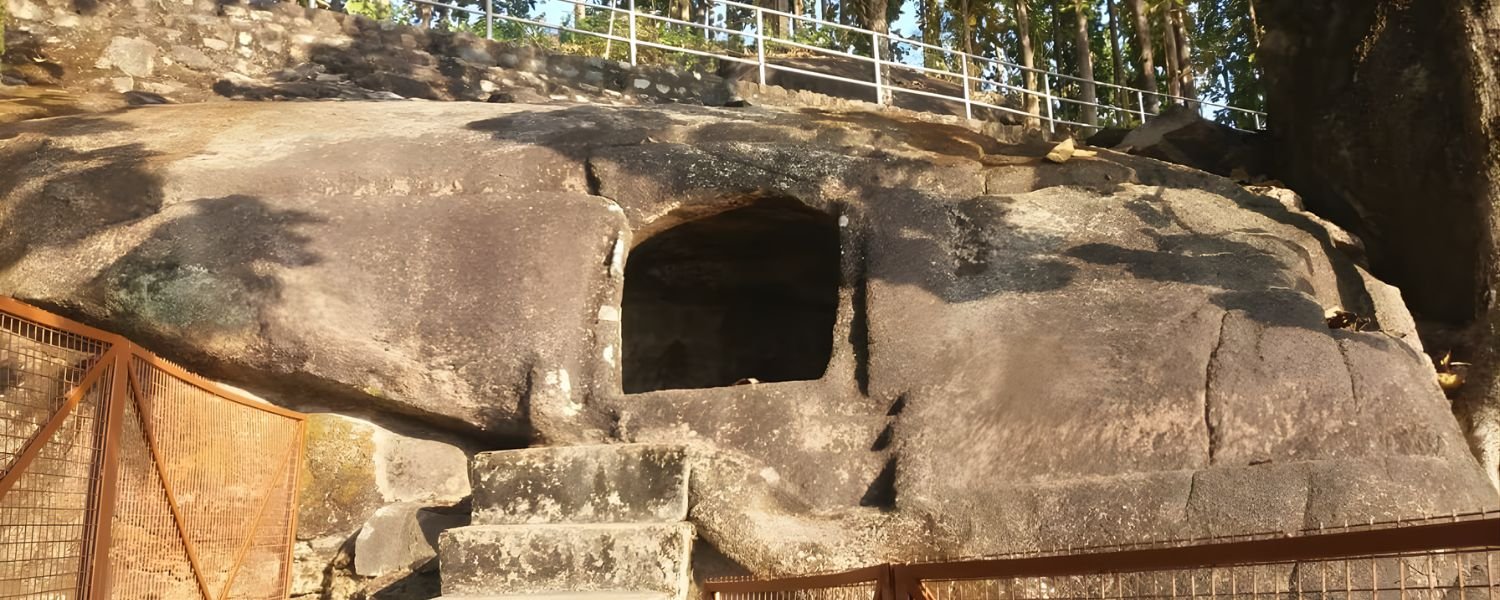
Nestled amidst the historical marvels of Assam lies the Rock Cut Caves in Bongaigaon, a hidden gem awaiting discovery by heritage enthusiasts.
These caves, comprising five impressive rock-cut structures, are revered for their architectural finesse, hinting at a rich cultural legacy dating back to the Salastambha period.
While historical studies place their origins in antiquity, their intricate craftsmanship evokes the grandeur of the medieval era.
Today, these caves testify to Assam’s rich heritage, meticulously preserved and protected by the Archaeological Survey of India.
Although not widely recognized, they offer a captivating journey through time for those to delve into the region’s past.
Da-Parbatia Temple, Tezpur
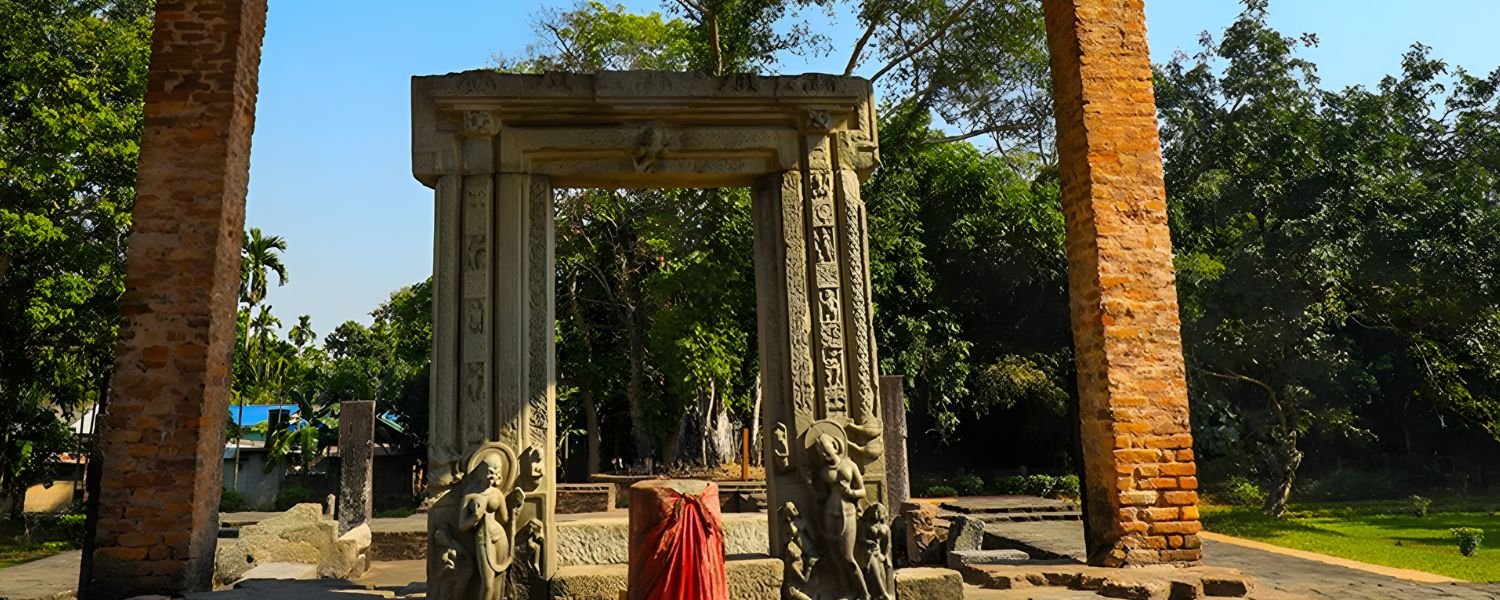
Venture into the annals of Assam’s history with a visit to the Da-Parbatia Temple in Tezpur, an ancient Hindu sanctuary steeped in legend and architectural splendor.
Further, dating back to the 5th and 6th centuries, the temple’s ruins, nestled amidst verdant landscapes and framed by the majestic Himalayas, offer a picturesque setting for photography enthusiasts.
The intricate carvings adorning its weathered walls echo the artistic mastery of the Gupta School of Sculpture, while the temple’s Nagara-style architecture exudes timeless elegance.
However, protected by the Archaeological Survey of India, the temple’s ornate door jambs, adorned with mythological depictions, serve as a poignant reminder of Assam’s spiritual heritage.
Kolia Bhomora Setu
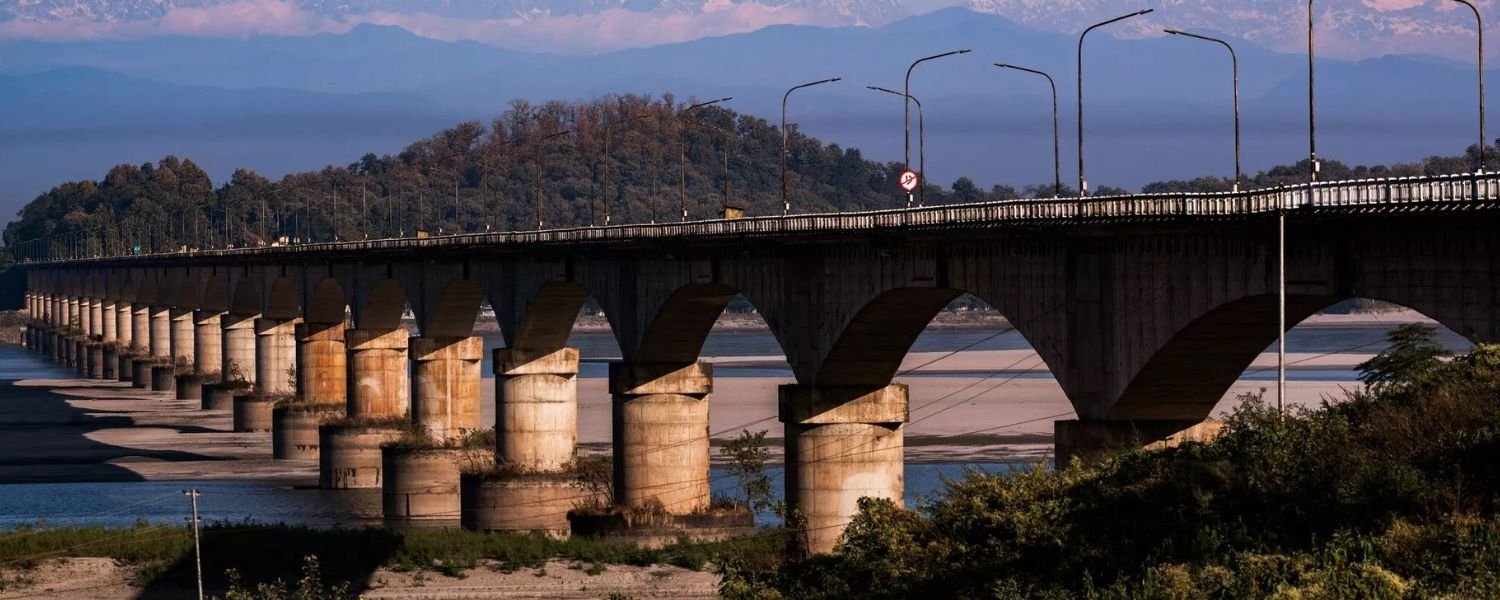
Among these treasures, the Kolia Bhomora Setu is an iconic marvel.
This three-kilometer-long road bridge, spanning gracefully over the majestic Brahmaputra River, not only connects Sonitpur and Nagaon districts but also serves as a testament to engineering prowess.
Initially built in 1987 and named after the legendary Ahom General, this bridge has become a vital artery for transportation and a beacon for tourism development in World Heritage Sites in India North-Eastern region of world heritage sites.
To truly immerse oneself in its allure, one can opt for a scenic drive during the enchanting sunset hours, allowing for a mesmerizing experience amidst the tranquil surroundings.
Alternatively, a serene ferry ride beneath the Kolia Bhomora Setu presents another captivating perspective, especially for nature loves seeking solace in the lap of Assam’s natural beauty.
Barbara Maidam
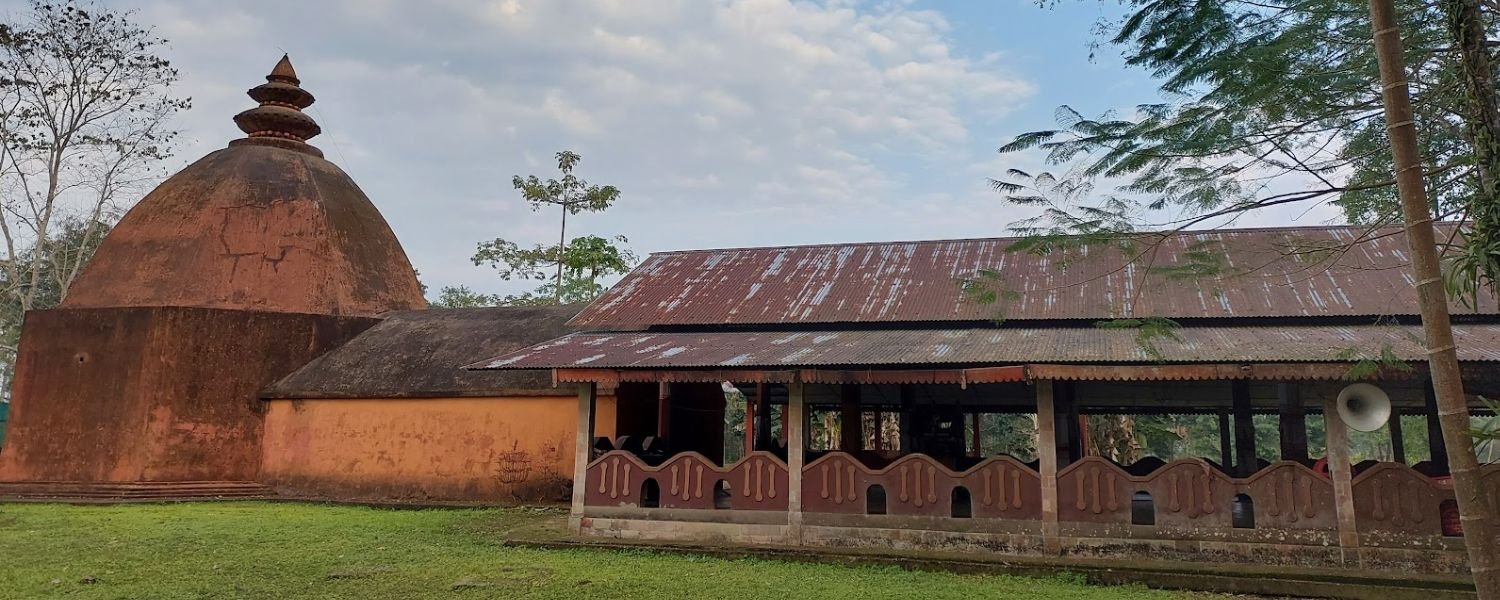
However, visiting the Barbara Maidam in Dibrugarh unveils another facet of Assam’s rich heritage.
Situated just fourteen kilometers away, this historical site holds profound significance as the resting place of high-ranking officials from the Ahom Dynasty.
Here, amidst the serene surroundings, lie two prominent madams, or royal graves, showcasing the grandeur and cultural legacy of the Ahom period.
Additionally, the presence of two smaller madams, possibly belonging to brave soldiers, further enriches the historical tapestry of Barbara Maidam.
Exploring these ancient relics offers a glimpse into the glorious past of the Ahom Dynasty, shedding light on their enduring influence on the region’s history and culture. Furthermore, you can also explore the Assam State Museum.
Kachari Fort, Cachar
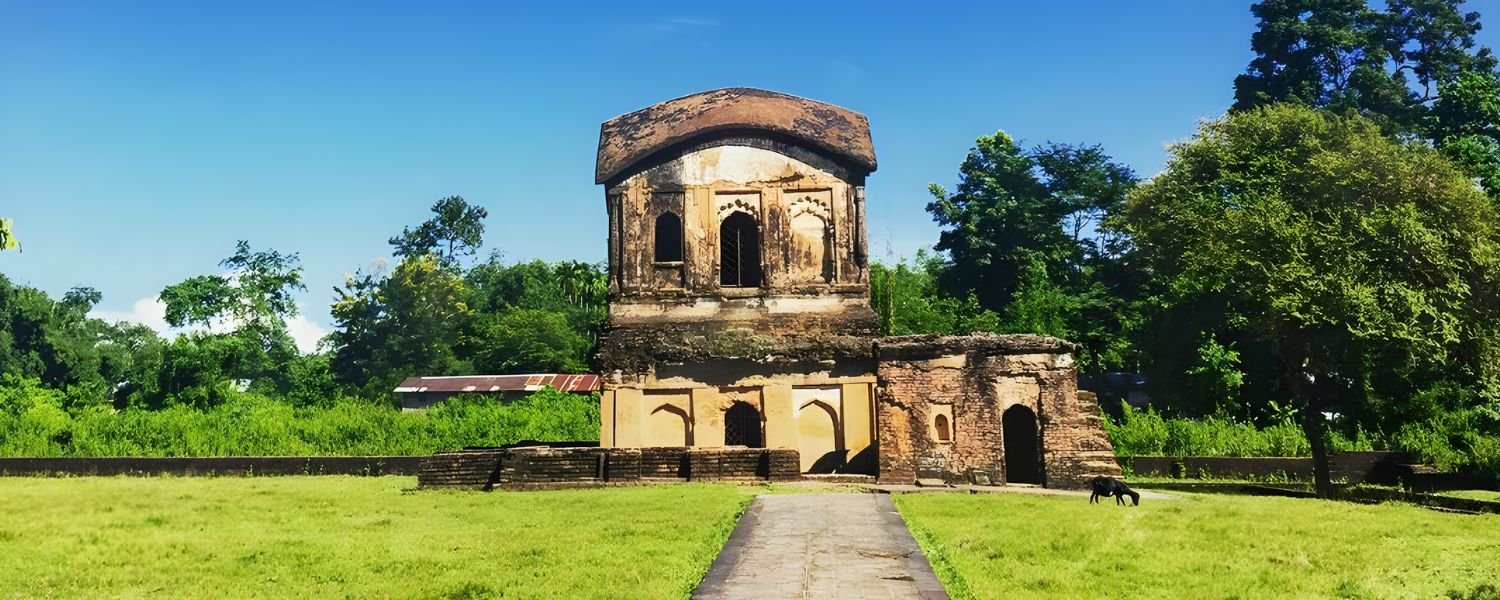
Standing proudly amidst the lush landscapes of Assam, Kachari Fort reigns as one of the region’s esteemed heritage gems.
Erected by the Cachar clan in medieval times, this architectural marvel continues to captivate tourists with its timeless allure.
While the ravages of time have left their mark, the fort’s intricate design and resplendent interior still evoke a sense of grandeur.
Adorned with vibrant hues, the fort offers a glimpse into the rich tapestry of Non-Aryan and Hindu cultures that have flourished here.
Kaziranga National Park, Golaghat and Nagaon Districts
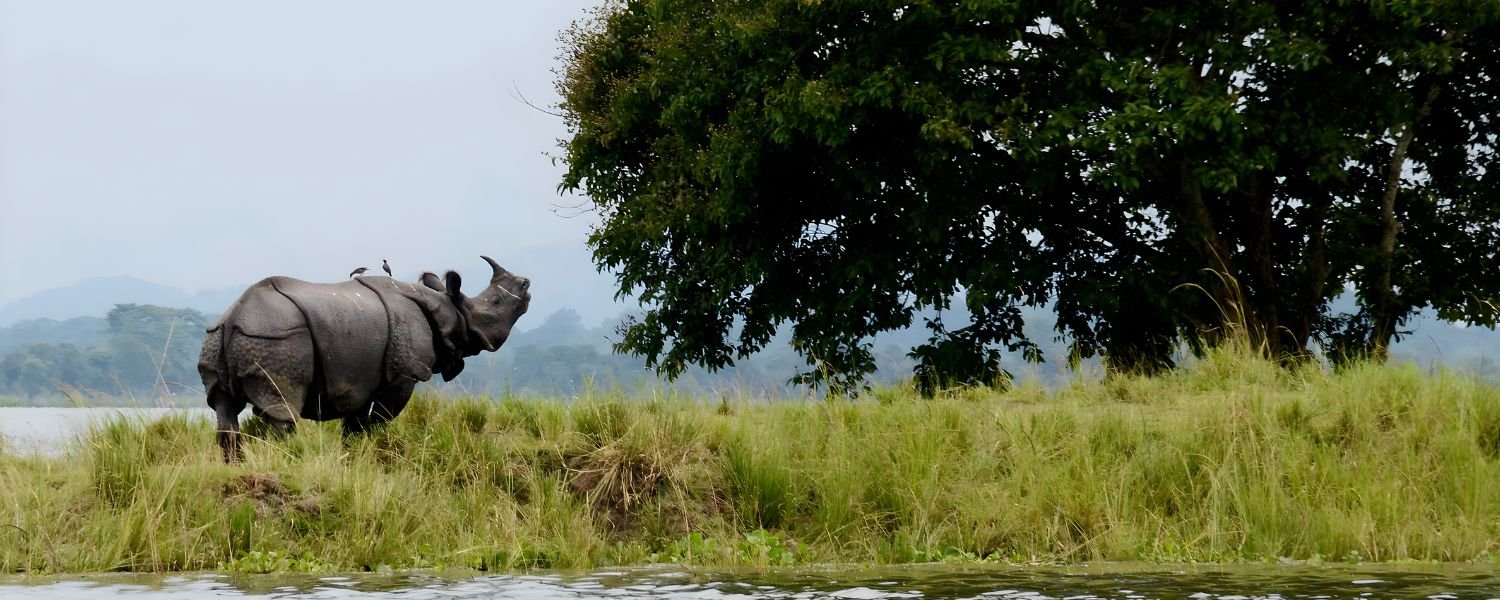
Nestled in the serene expanses of Golaghat and Nagaon Districts, Kaziranga National Park is a beacon of biodiversity in Assam.
Renowned worldwide for the majestic One-Horned Rhinoceros population, however, the park was designated a tiger reserve in 2006.
Its sprawling landscapes are home to diverse flora and fauna, including water buffalo, elephants, and swamp deer.
Recognized as a UNESCO World Heritage Site, Kaziranga offers an opportunity to witness the wonders of Assam’s wildlife.
Kamakhya Temple, Guwahati
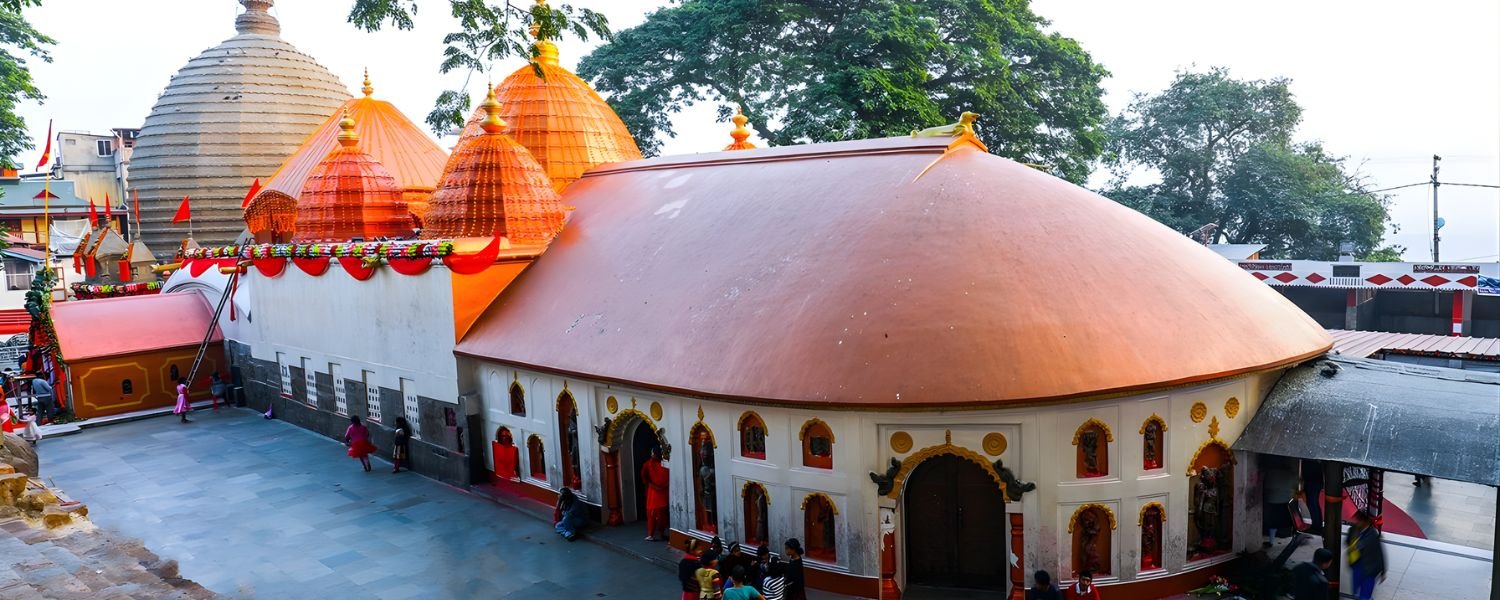
Nestled amidst the serene landscape of Guwahati, the Kamakhya Temple emerges as a sanctum of profound spiritual significance.
Devotees from far and comprehensive pilgrimage to this revered Shakti Pitha throughout the year, drawn by its sacred aura and rich mythological heritage.
Maintained meticulously by the authorities, the temple exudes tranquility, offering solace to seekers of inner peace.
Intertwined with legendary tales, its architectural magnificence forms a tapestry of cultural richness.
Set against the picturesque Nilachal Hills backdrop, the sprawling complex beckons visitors to immerse themselves in its divine ambiance.
Kareng Ghar and Talatal Ghar, Sibsagar
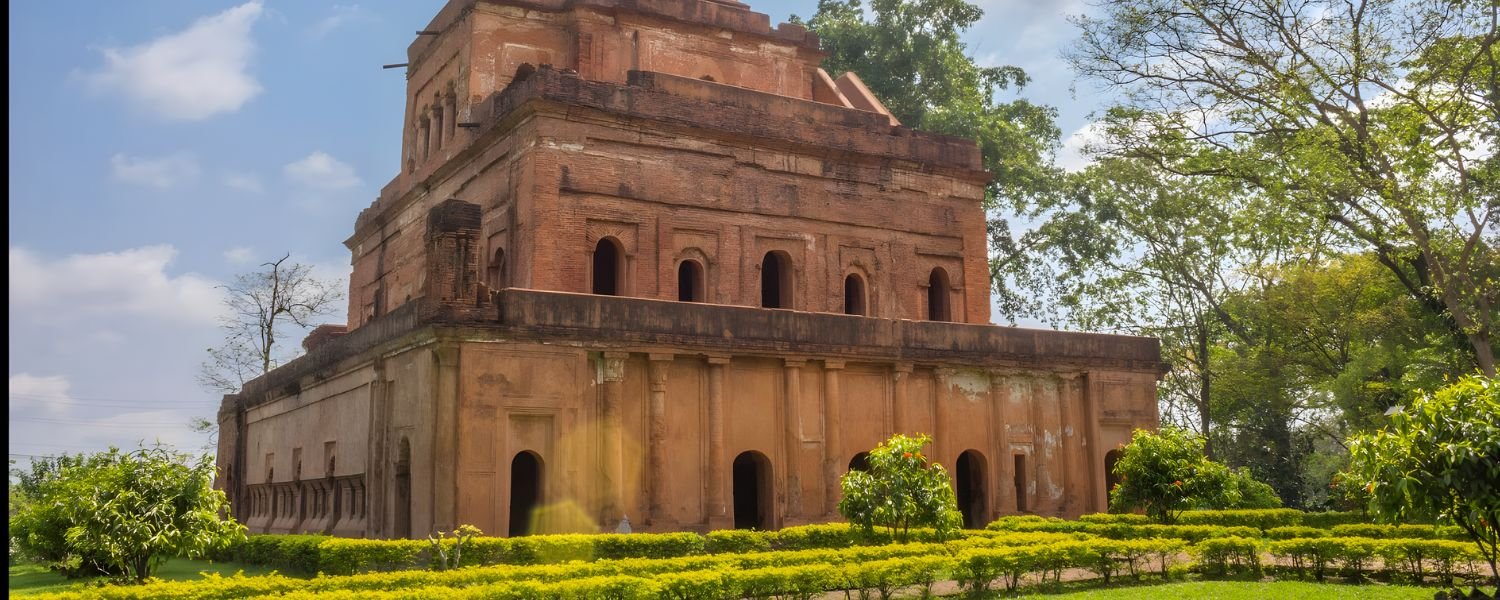
Steeped in the annals of Assam’s history, Kareng Ghar and Talatal Ghar stand as poignant reminders of the grandeur of the Ahom Dynasty.
Constructed during the reign of Swargeo Rudra Singha in the former capital of Rangpur, these palatial structures epitomize architectural brilliance.
What began as a palace made from organic bricks evolved into a seven-storeyed marvel, courtesy of Rajeshwara’s additions.
The lower three levels, known as Talatal Ghar, and the subsequent four, Kareng Ghar, showcase the dynasty’s architectural prowess.
Gurdwara Sri Guru Tegh Bahadur Sahib, Dhubri
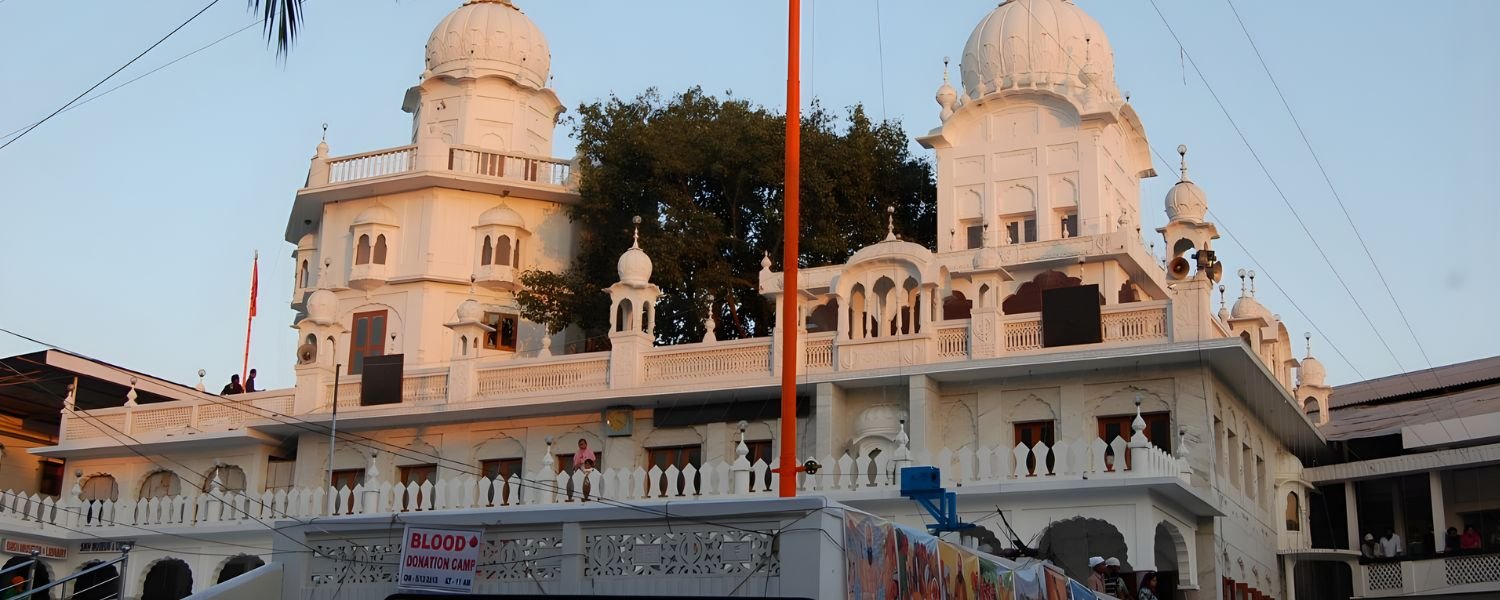
Gurdwara Sri Guru Tegh Bahadur Sahib, situated in the heart of Dhubri Town, holds profound significance for the Sikh community.
It commemorates the visit of Guru Nanak, the first Sikh Guru, to this spot in 1505 during his journey from Dhaka to Assam.
Constructed by Guru Tegh Bahadur, the gurudwara stands proudly on the banks of the majestic Brahmaputra, serving as a testament to the rich history and spiritual heritage of Sikhism.
Rang Ghar, Sibsagar
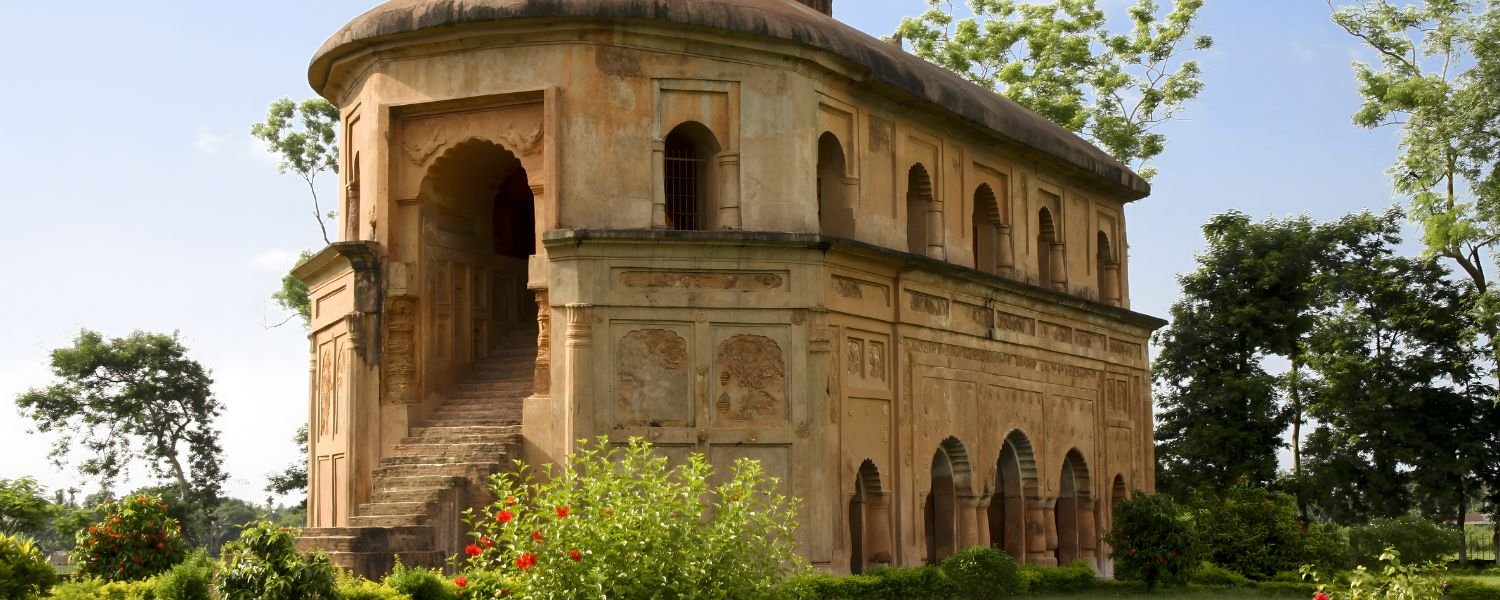
Rang Ghar is an architectural marvel from the Ahom period, symbolizing the cultural richness of Assam. This two-storeyed royal sports pavilion was built by King Swargadeo during the 18th century.
It served as a grand venue for the Ahom kings to spectate traditional bullfights and cultural performances.
Adorned with intricate sculptures both inside and out, including the welcoming stone-carved crocodiles at the entrance, Rang Ghar captivates visitors with its unparalleled grandeur.
Conclusion
In conclusion, the world heritage sites in Assam 2024 represent a tapestry of cultural and natural marvels, each weaving its unique story of the region’s rich heritage.
Furthermore, from the serene beauty of Kaziranga National Park to the architectural splendor of Kareng Ghar and Talatal Ghar, Assam’s treasures offer a captivating journey through time.
Moreover, the spiritual sanctuaries like Kamakhya Temple and the historical significance of sites like Rang Ghar add layers to Assam’s cultural legacy.
These sites preserve the past and serve as vibrant hubs of tourism and education, inviting visitors to delve deeper into Assam’s enchanting history and biodiversity, genuinely making them world heritage sites in Assam.
FAQ
Q: What is Assam’s heritage?
A: Assam’s natural heritage is rich, featuring two UNESCO World Heritage Sites: Manas and Kaziranga National Parks. It also boasts diverse ecosystems, including tropical rainforests and riverine grasslands, making it one of the world’s biodiversity hotspots.
Q: Is Charaideo a World Heritage Site?
A: Yes, Charaideo’s Moidams—the Mound-Burial System of the Ahom Dynasty—has been recognized as a UNESCO World Heritage Site, showcasing the cultural heritage of Assam.
Q: Which is the latest World Heritage Site in Assam?
A: The latest addition to Assam’s UNESCO World Heritage Sites is Charaideo Moidam, adding to the state’s cultural legacy.
Q: What is the heritage capital of Assam?
A: Sivasagar is the heritage capital of Assam. It is renowned for its Ahom palaces and monuments, which offer a glimpse into the region’s glorious past.










